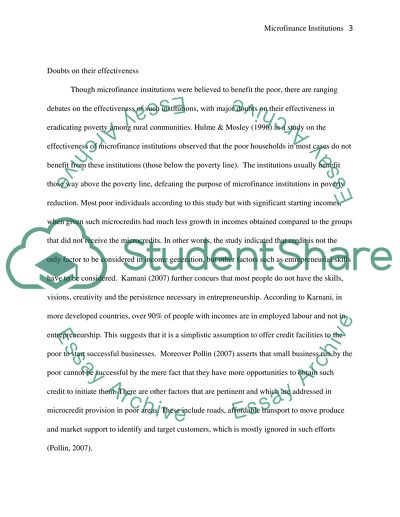Cite this document
(“Microfinance Institutions Essay Example | Topics and Well Written Essays - 1000 words”, n.d.)
Microfinance Institutions Essay Example | Topics and Well Written Essays - 1000 words. Retrieved from https://studentshare.org/finance-accounting/1485688-accounting
Microfinance Institutions Essay Example | Topics and Well Written Essays - 1000 words. Retrieved from https://studentshare.org/finance-accounting/1485688-accounting
(Microfinance Institutions Essay Example | Topics and Well Written Essays - 1000 Words)
Microfinance Institutions Essay Example | Topics and Well Written Essays - 1000 Words. https://studentshare.org/finance-accounting/1485688-accounting.
Microfinance Institutions Essay Example | Topics and Well Written Essays - 1000 Words. https://studentshare.org/finance-accounting/1485688-accounting.
“Microfinance Institutions Essay Example | Topics and Well Written Essays - 1000 Words”, n.d. https://studentshare.org/finance-accounting/1485688-accounting.


